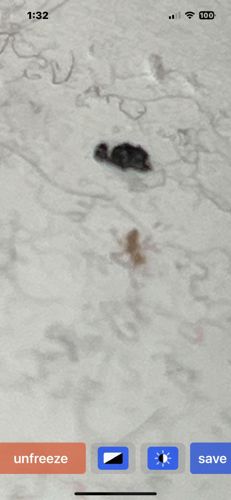Dust Mite
Scientific Name: Dermatophagoides pteronyssinus (European house dust mite) or Dermatophagoides farinae (American house dust mite)
Order & Family: Order: Sarcoptiformes, Family: Pyroglyphidae
Size: Approximately 0.2-0.3 mm (0.008-0.012 inches) in length, making them invisible to the naked eye.

Natural Habitat
Indoor environments, particularly in bedding, mattresses, pillows, upholstered furniture, carpets, rugs, and curtains, preferring warm (68-77°F or 20-25°C) and humid (70-80% relative humidity) conditions.
Diet & Feeding
Dead skin flakes from humans and pets, as well as fungal spores.
Behavior Patterns
Dust mites thrive in warm, humid environments, commonly found in bedding, upholstered furniture, and carpets. They are microscopic and feed on dead skin cells of humans and pets. They do not bite or sting but their fecal pellets and body fragments are major allergens. They reproduce quickly, with a life cycle of 1-3 months. They are most active at night when people are in bed. They are photophobic and avoid light.
Risks & Benefits
Potential risks include triggering allergic reactions such as asthma, allergic rhinitis (hay fever), and eczema due to their fecal pellets and body fragments acting as potent allergens. They do not provide direct benefits to humans or the ecosystem, as they are considered pests.
Identified on: 8/29/2025